Get ready to embark on a flavor-packed journey through the world’s most expensive spices. From saffron to sandalwood, this guide is a love letter to the culinary giants that redefine the meaning of “fancy.”
Anardana: Sweet Meets Sour
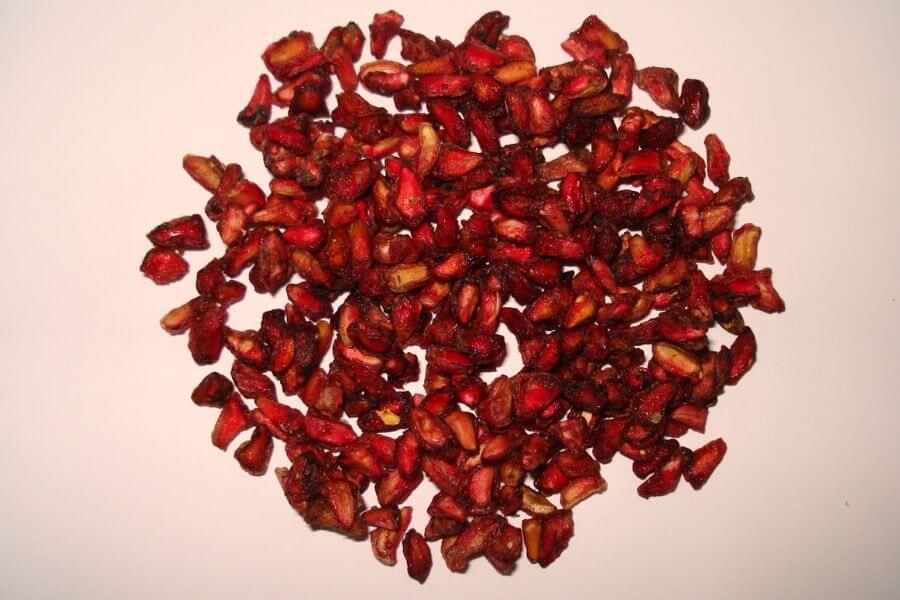
Anardana, or dried pomegranate seeds, brings a sweet and tangy flavor that brightens Indian and Middle Eastern dishes. It’s like adding a fruity zing to sauces and marinades.
This spice balances sweet and sour, making it perfect for everything from chutneys to curries. It’s the secret to adding unexpected layers to your recipes.
High in antioxidants, anardana is as good for you as it is delicious. It’s a unique addition that delivers both taste and health benefits with each pinch.
Black Garlic: Fermentation’s Flavorful Triumph
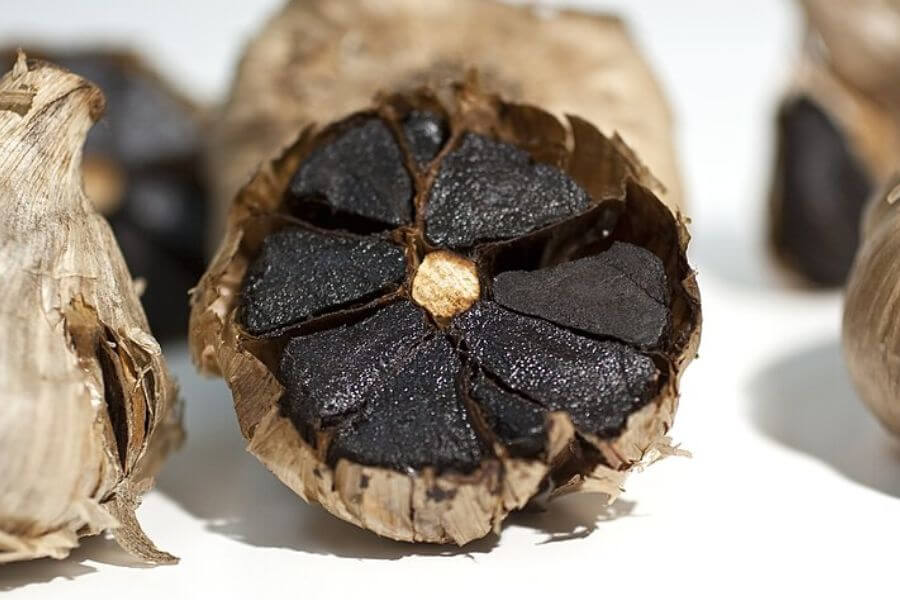
Black garlic is made by fermenting regular garlic, giving it a rich, sweet umami flavor. It’s soft, caramelized, and perfect for adding depth to sauces and pastes.
This garlic variation is as much about texture as taste, offering a mild, molasses-like sweetness. It’s an ideal way to bring something special to your meals.
Beyond taste, black garlic has antioxidant benefits. Its unique profile makes it a staple in fine dining and a worthy investment for the adventurous cook.
Ajwain: The Spice with a Bite
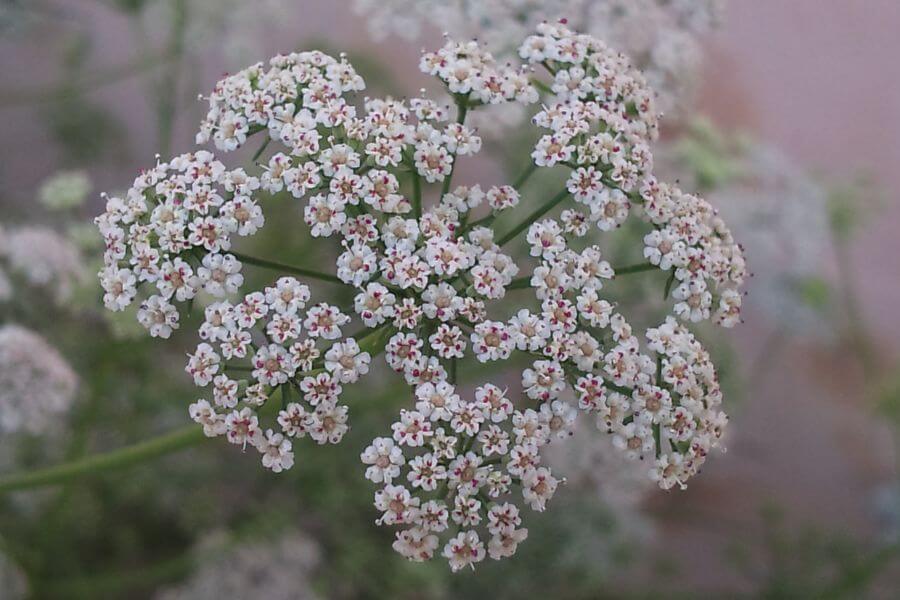
Ajwain, or carom seeds, have a sharp, peppery flavor reminiscent of thyme. Popular in Indian cuisine, they add boldness to flatbreads and curries alike.
Its flavor can be strong, so a little goes a long way. Ajwain adds an unmistakable zest that’s both warm and slightly bitter, perfect for spicing up everyday dishes.
Ajwain isn’t just flavorful; it also has digestive benefits. Known for its health properties, it’s a spice that brings both boldness and balance to the table.
Curry Leaves: Flavor in Leaf Form
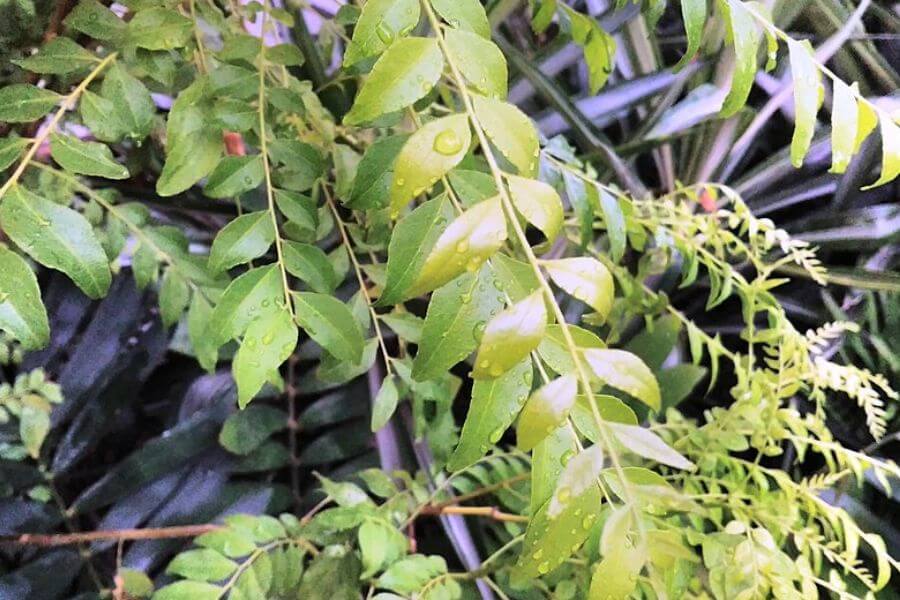
Curry leaves are not just for curries—they bring a nutty, citrusy taste to dishes across South Asia. Their subtle flavor transforms stews, sauces, and rice dishes.
These leaves are best when used fresh, releasing their aromatic essence when added to hot oil. Curry leaves add an unmistakable earthy element that enhances flavor.
Beyond taste, they offer nutritional perks, from antioxidants to digestion aids. Curry leaves bring depth and health benefits, making them an essential spice cabinet addition.
Maras Pepper: Turkey’s Smoky Gem
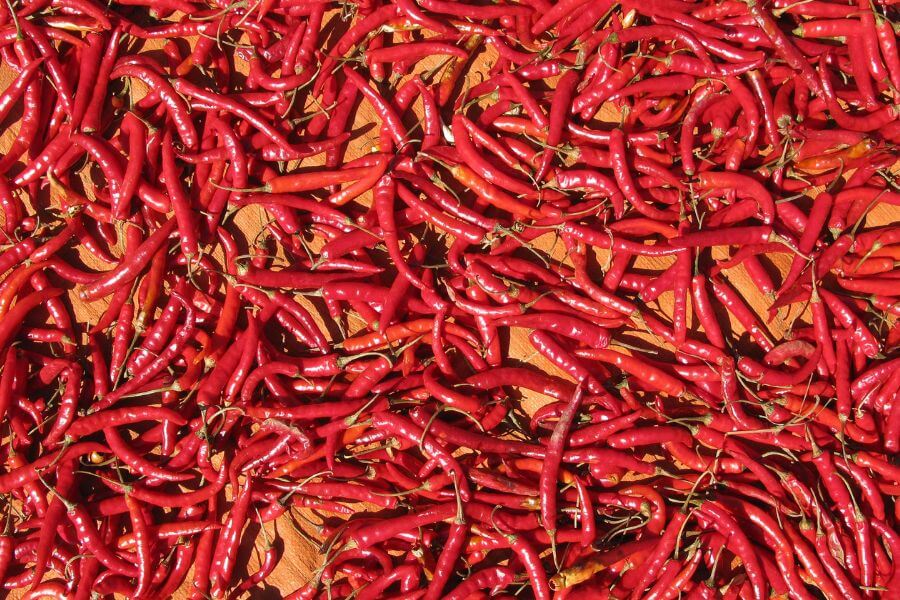
Maras pepper, hailing from Turkey, has a mild heat with a smoky, fruity flavor. Known for its balance, it’s a versatile spice for seasoning meats, salads, and dips.
This pepper is often sold in flakes, adding a subtle warmth that’s never overwhelming. Maras pepper is like the approachable cousin of cayenne with a unique twist.
Not as intense as other peppers, Maras adds a slow-burn flavor. It’s ideal for cooks who want a hint of spice without overpowering other ingredients.
Fenugreek: The Flavor of Maple Syrup
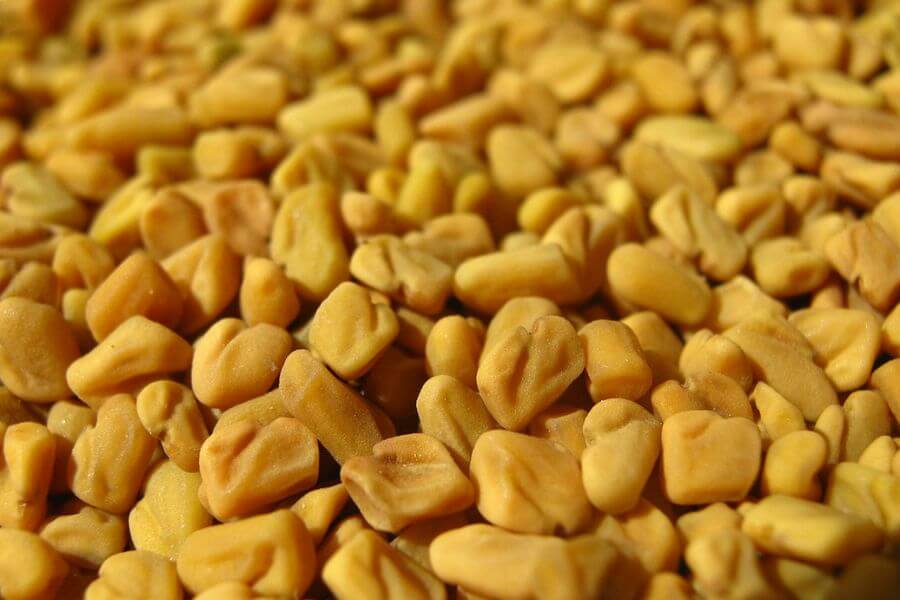
Fenugreek has a distinctive taste reminiscent of maple syrup. Often used in Indian and Middle Eastern dishes, it brings a sweet, nutty flavor to curries and breads.
Its unique taste adds complexity to spice blends like garam masala. Fenugreek is a must if you want to add a subtle sweetness to your culinary creations.
It’s also rich in health benefits, known for aiding digestion and balancing blood sugar. Fenugreek is the perfect blend of flavor and function.
Tellicherry Peppercorns: The Premium Black Pepper
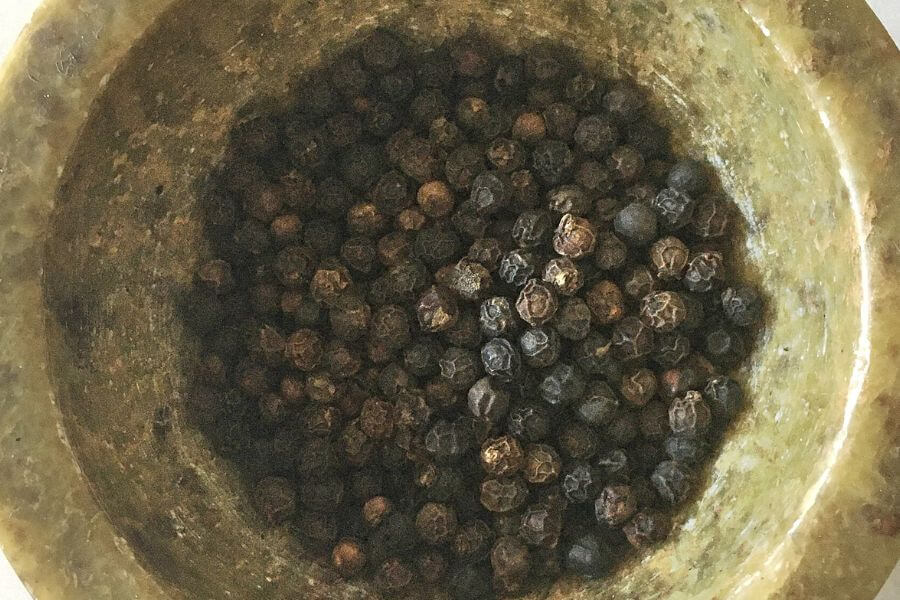
Tellicherry peppercorns are the crème de la crème of black pepper, grown to full ripeness for maximum flavor. Known for their large size, they’re prized for their bold, fruity notes.
These peppercorns add a sophisticated, rich flavor to dishes, making them a favorite among chefs. It’s the pepper that turns any dish from simple to sublime.
Their high cost reflects their quality, but Tellicherry pepper is worth it for those who want the best in black pepper. It’s elegance in every grind.
Nigella Seeds: The Onion Alternative
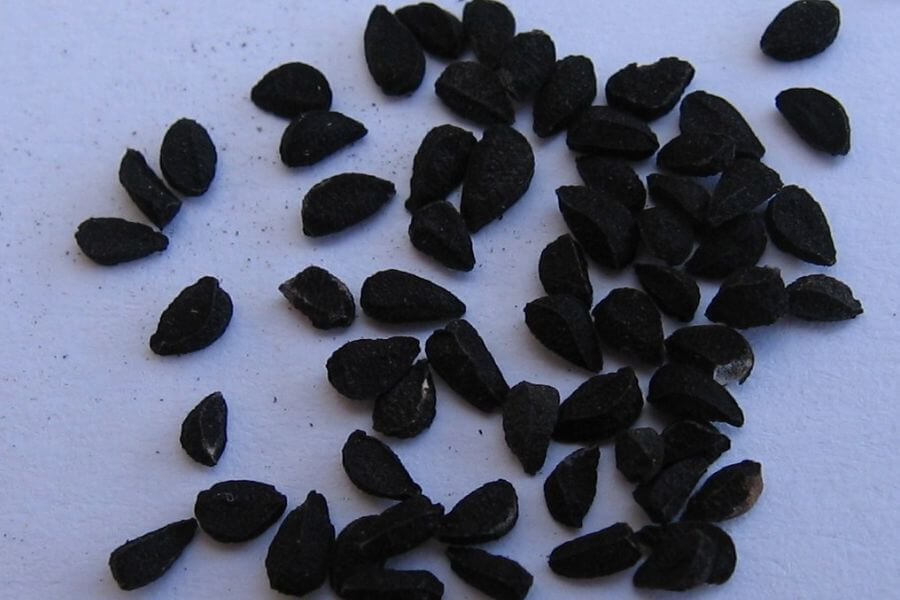
Nigella seeds, with their slightly bitter, onion-like flavor, are popular in Indian and Middle Eastern cooking. They add a savory crunch to naan and other flatbreads.
These tiny black seeds bring an earthy complexity to dishes without overpowering. Nigella is perfect for adding texture and taste to bread, salads, and curries.
Beyond flavor, nigella seeds are rich in antioxidants, making them a healthy addition. They’re a small but mighty spice that adds both taste and nutrition.
Dill Pollen: The Essence of Fresh Dill
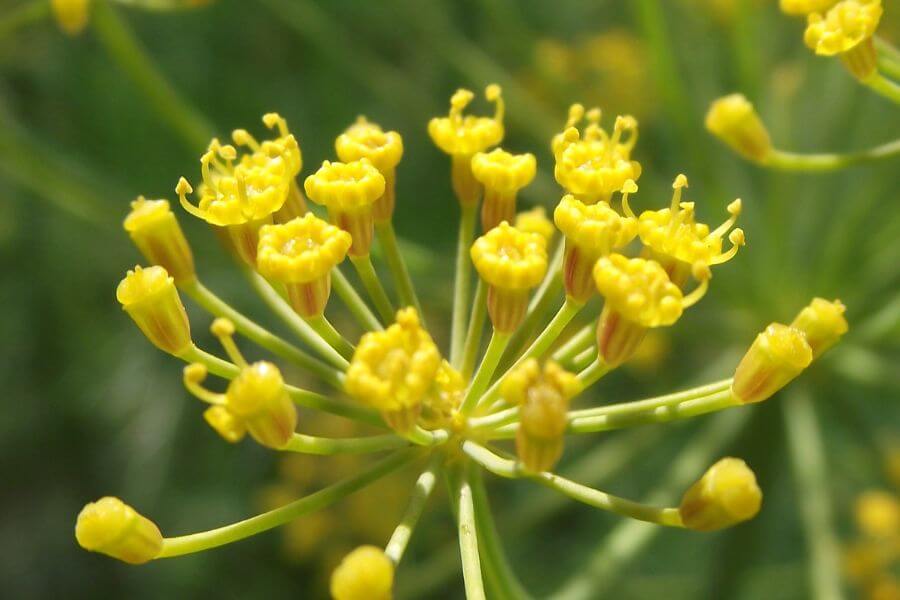
Dill pollen captures the flavor of fresh dill in a concentrated form. It adds a bright, herby flavor to fish, potatoes, and even creamy dips.
Just a sprinkle of dill pollen can elevate a dish, giving it a burst of freshness. It’s like having summer in a spice jar all year round.
Its high price reflects the labor-intensive process of harvesting pollen, but dill pollen brings a unique punch that transforms dishes with just a pinch.
Fennel Pollen: Floral and Sweet
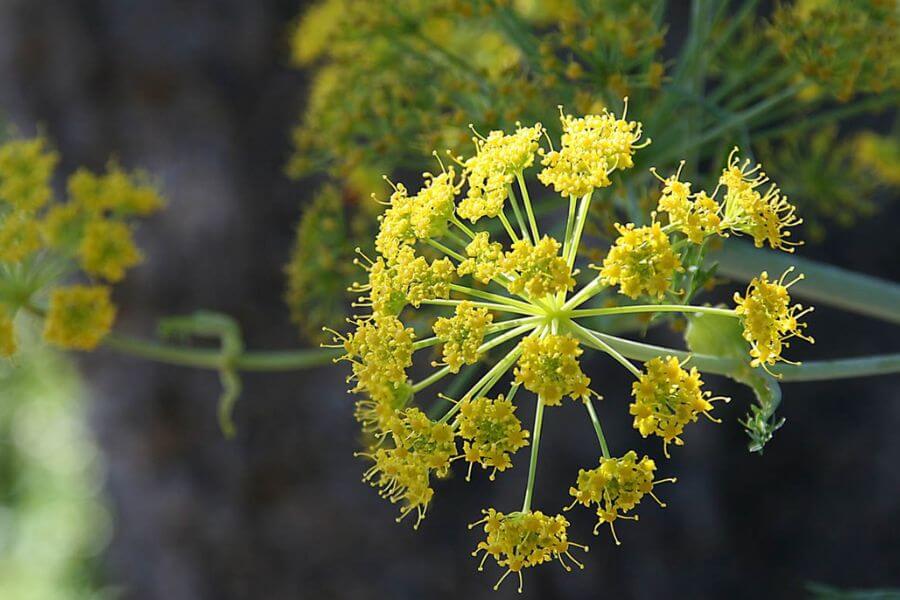
Fennel pollen brings the essence of fennel with a floral, slightly sweet note. It’s used in Italian cuisine to add an aromatic complexity to meats, salads, and desserts.
Just a touch of fennel pollen adds sophistication, balancing sweetness and spice. It’s a spice that can make any dish feel like an Italian countryside treat.
Expensive but potent, fennel pollen is for the true flavor enthusiast. It’s like an entire garden in one tiny jar, turning meals into gourmet experiences.
Urfa Biber: Turkey’s Raisin-y Chili
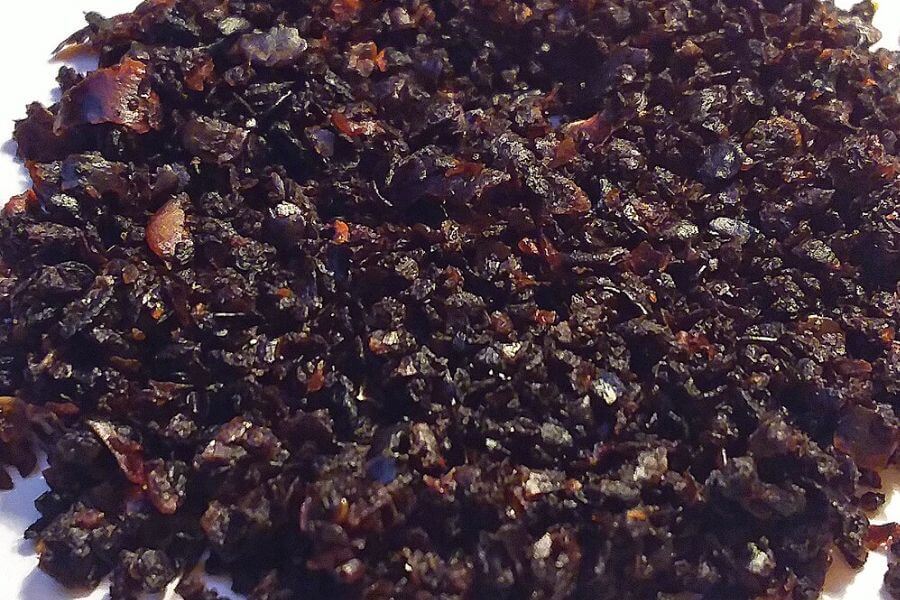
Urfa Biber is a Turkish chili with a dark, raisin-like flavor that’s smoky, earthy, and just a bit spicy. It’s great for stews, meats, and chocolatey desserts.
Its unique flavor profile adds depth to dishes, balancing heat with a subtle sweetness. Urfa Biber is the chili for those who love a little mystery.
Not overly spicy, Urfa Biber provides a slow warmth that’s perfect for layering flavors. It’s a chili that transforms simple recipes into something unforgettable.
Amchur Powder: The Dry Mango Delight
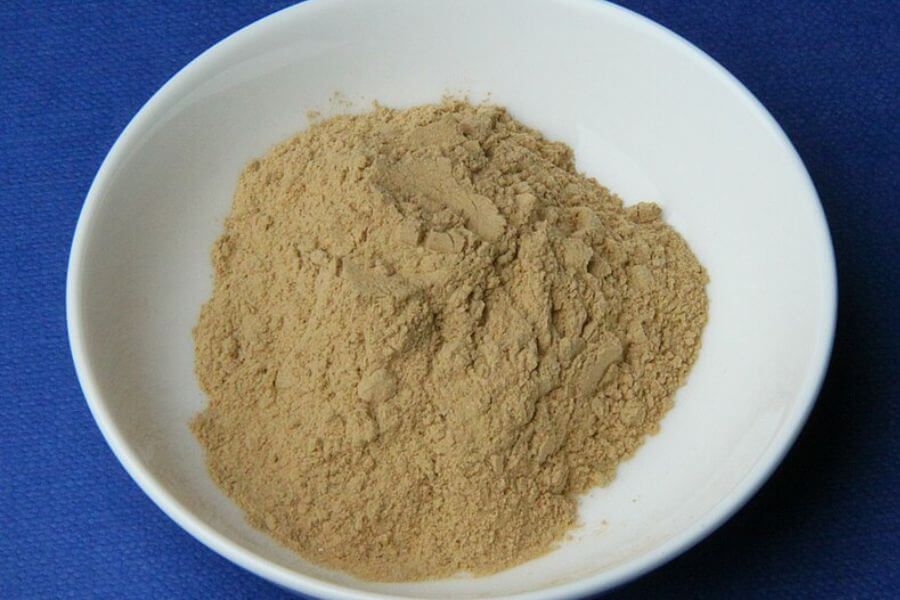
Amchur, or dried mango powder, adds a tangy, fruity kick to Indian dishes. It’s perfect for adding a burst of acidity without overpowering the main flavors.
This powder brings brightness to curries, chutneys, and marinades, making it a versatile addition to any spice collection. Amchur is the tropical twist you didn’t know you needed.
Besides flavor, it’s also rich in vitamins. Amchur powder not only elevates your dishes but also adds a health boost, proving it’s more than just a flavor boost.
Saffron: The Gold of Spices
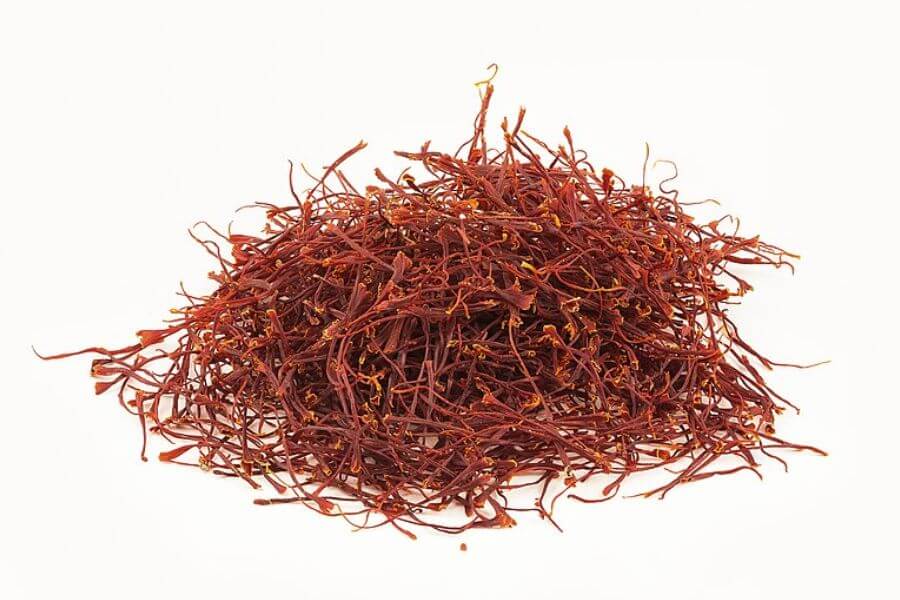
Saffron’s vibrant threads not only add intense color but also a price tag that rivals precious metals. Harvested with the delicate touch of a million flower petals, saffron is truly a labor-intensive delight.
This luxury spice transforms dishes with its unique, earthy-sweet essence. A pinch of saffron goes a long way, making even simple meals feel lavish and well-appointed.
In addition to its exquisite flavor, saffron is packed with medicinal perks. So, while it may empty your bank account, it might also fill up your health reserves.
Vanilla: The Orchid’s Sweetest Gift
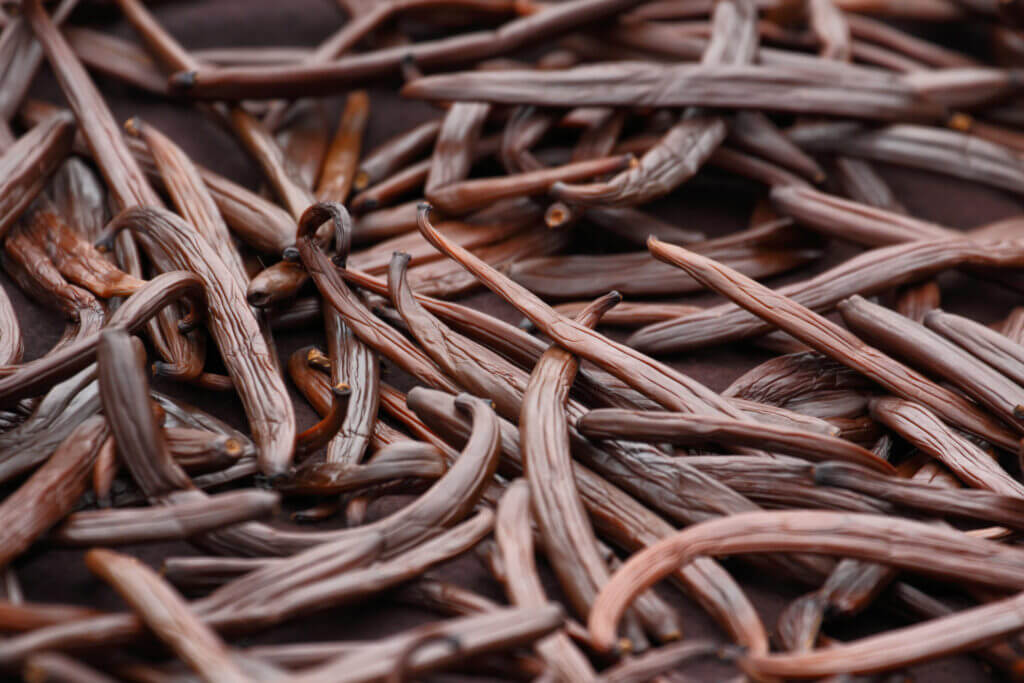
Vanilla, surprisingly, is the child of an orchid. Its aromatic, sweet complexity, born of hand-pollinated flowers, justifies its second-place status in the spice cost lineup.
This isn’t just the stuff of cakes and ice creams. Vanilla beans host a symphony of flavors that vanilla extract just can’t beat. Each bean is a tiny miracle of patience and taste.
The price may be high, but this luxurious spice makes every dessert a memorable masterpiece. It’s a flavor to savor slowly, like the best things in life.
Cardamom: The Queen of Flavor Bombs
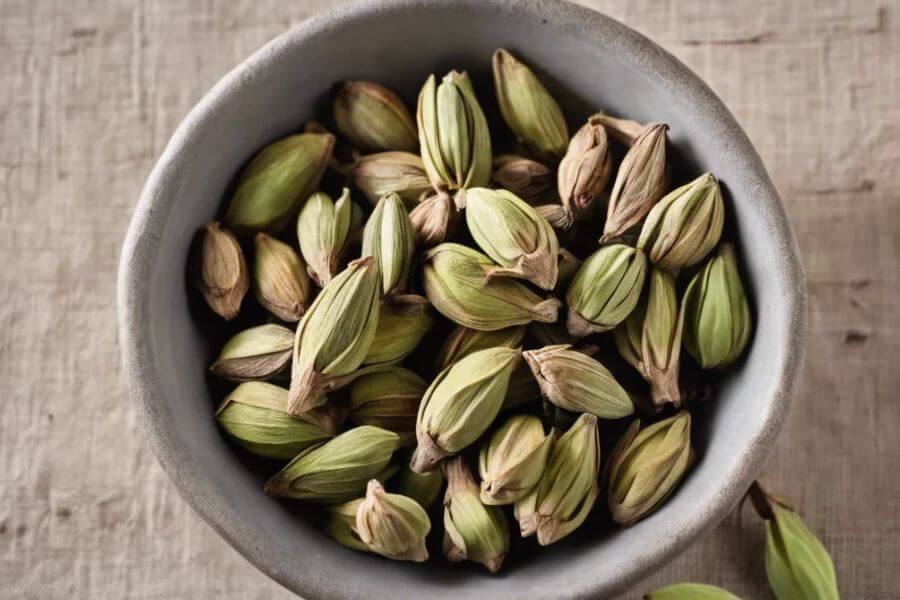
Cardamom is a spice kingdom favorite, balancing both savory and sweet with its warm, slightly spicy magic. It’s no wonder it’s the go-to for curries and confections alike.
Beyond its unique taste, cardamom brings along a list of health benefits. It’s the kind of spice that makes you think, “Who knew my cake could be so good for me?”
Treasured for centuries, cardamom remains a pantry staple, adding sophistication to dishes with its smooth yet complex aroma. Culinary royalty has never smelled this good.
Fennel: The Seed of Flavor and Health
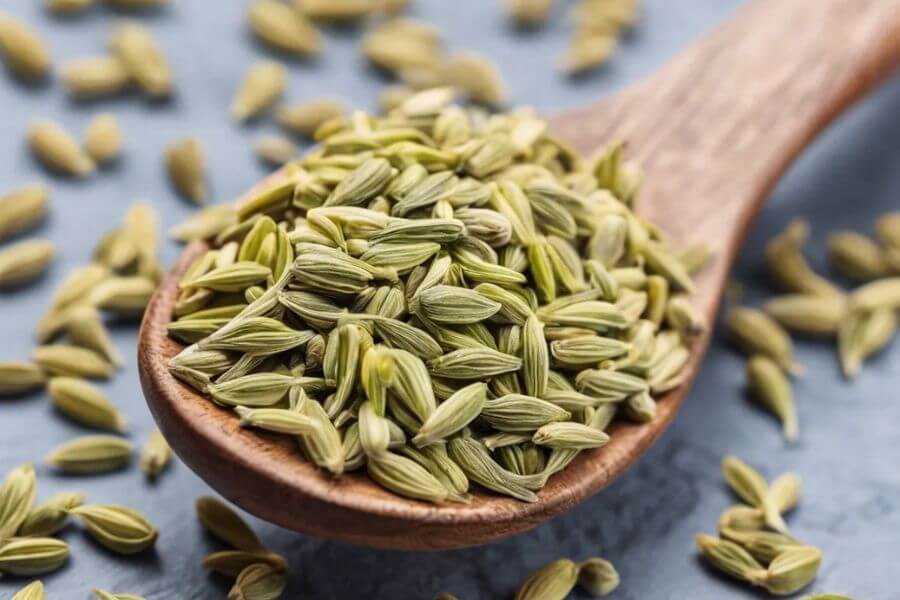
Fennel seeds may look unassuming, but their sweet, licorice-like flavor makes them a hidden gem in Mediterranean cooking. A small sprinkle can transform anything from bread to sausage.
Beyond flavor, fennel seeds pack a punch in health benefits. From aiding digestion to adding nutrients, they’re like little health boosters disguised as seasoning.
You might think it’s just a garnish, but fennel brings surprising depth to dishes, proving sometimes it’s the little things that matter most.
Cloves: The Spice That Packs a Punch
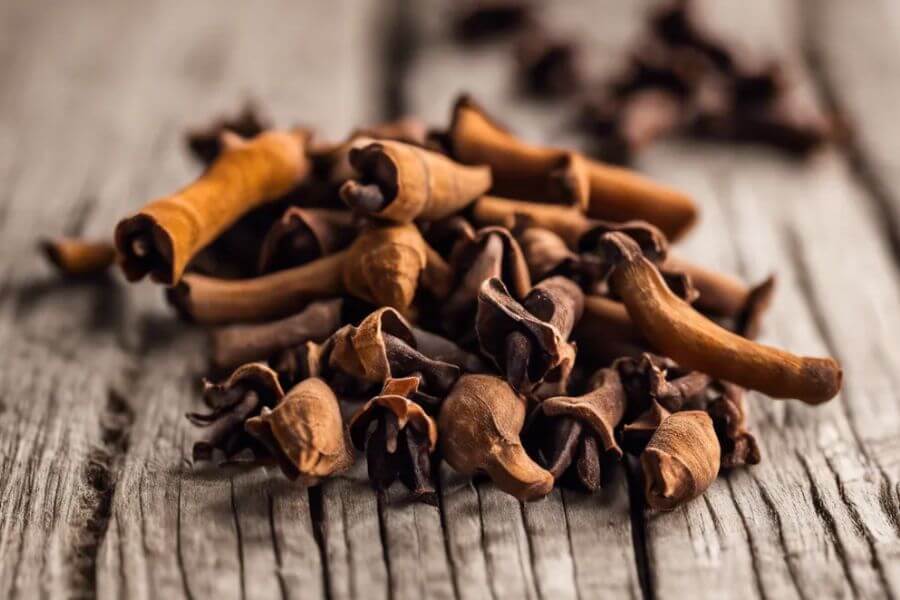
Cloves are the secret to that warm, inviting aroma in pumpkin pie and curry alike. Just a pinch adds an intoxicating depth to dishes, making them a must-have.
Beyond the holiday treats, cloves bring versatility, infusing both sweet and savory recipes with their potent punch. They may be tiny, but they’re mighty.
Loaded with antiseptic properties, cloves also carry health benefits. It’s a win-win with every spicy, earthy note this little powerhouse brings to your plate.
Cinnamon: The Cozy Spice Staple
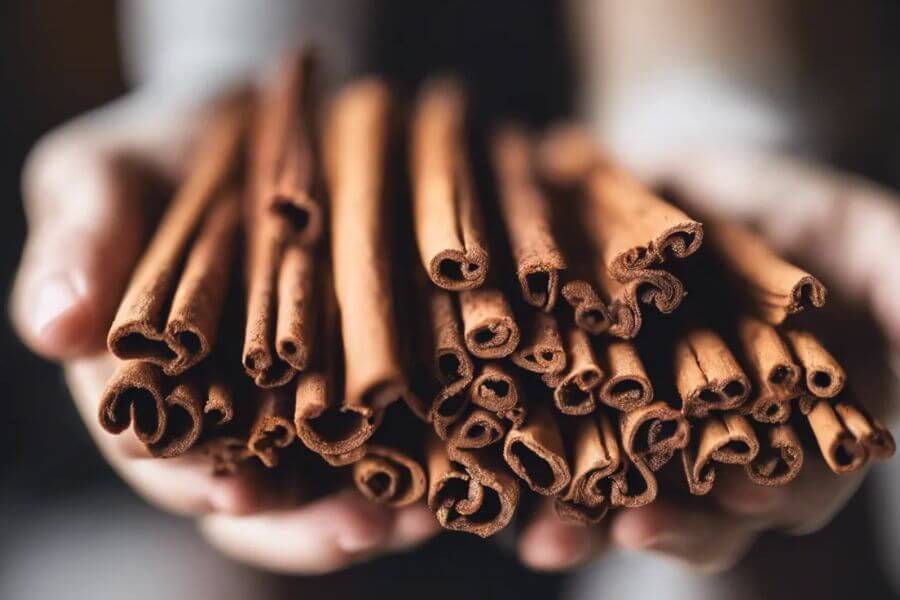
Cinnamon’s global popularity is no surprise—its warm, woody flavor is a kitchen essential from morning oats to evening stews. This spice just knows how to spread joy.
Made from tree bark, cinnamon has been bridging sweet and savory for centuries. It’s a humble stick with the power to transform and connect cultures worldwide.
Its sweet heat is a mainstay in countless dishes, from traditional mole to cinnamon rolls. Cinnamon is like a warm hug in a spice, beloved across continents.
Pepper: The Everyday Luxury
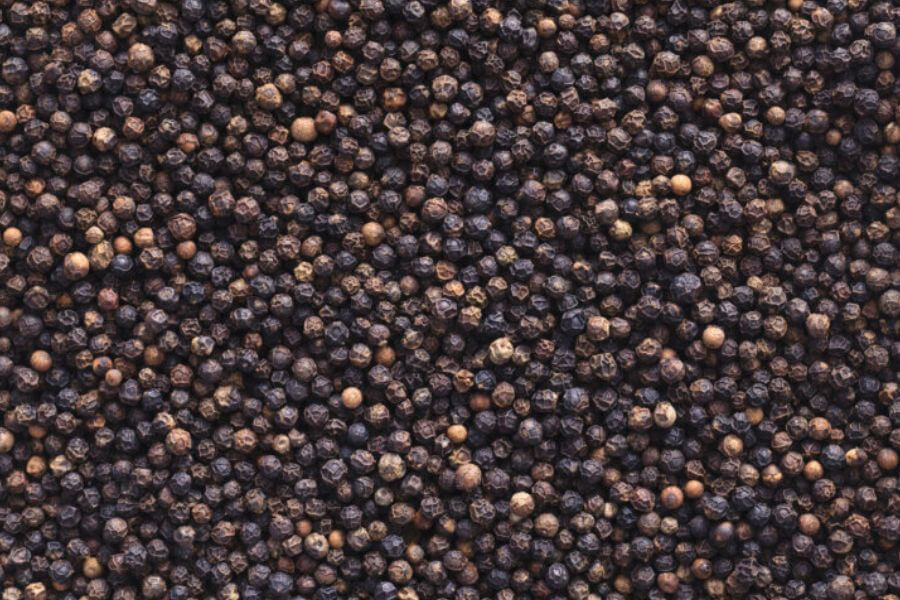
Ever wondered why every table has a pepper shaker? That’s because pepper is a foundational spice, adding a sharp bite that completes every meal.
With varieties from black to red, pepper is the kitchen’s multi-tool, shifting flavors effortlessly. Each color brings a unique element to the culinary table.
Rare varieties, like red peppercorns, bring unique, fruity undertones that add complexity. If you want the best, get ready to shell out for this staple.
Nutmeg: Holiday Cheer in a Nut
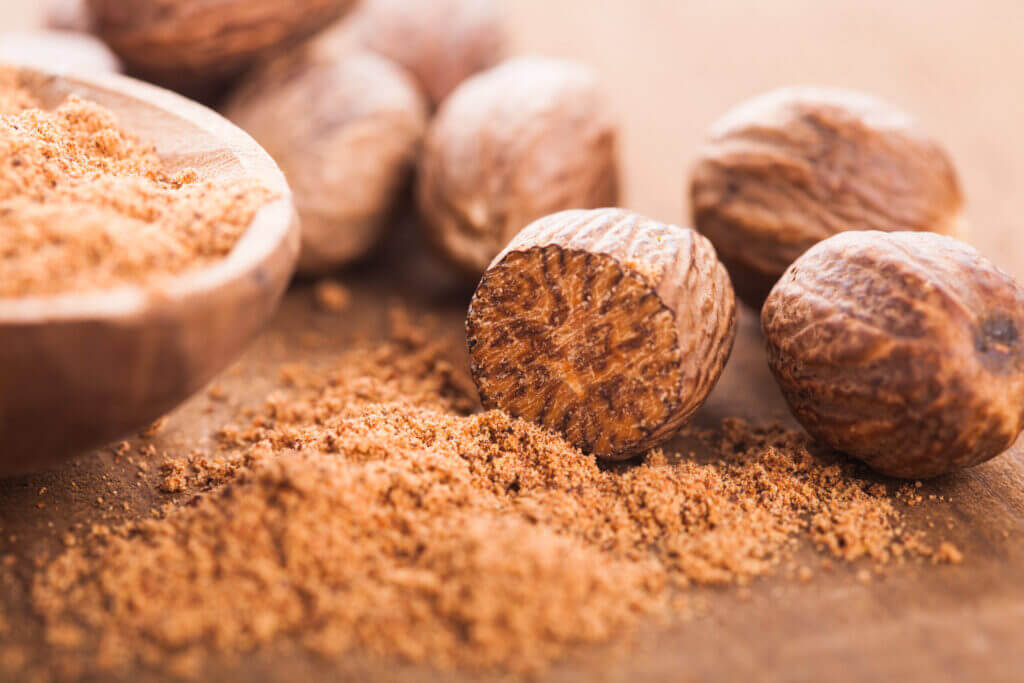
Nutmeg brings warmth to everything it touches, from eggnog to savory sauces. It’s that tiny flavor pop you didn’t know you needed in your cooking.
The magic comes from myristicin, a compound unique to nutmeg that adds a deep, warm note. Nutmeg is the kind of spice that transforms a dish from “nice” to “wow.”
Not just delicious, nutmeg boasts health perks too. So, sprinkle away, knowing you’re not only boosting flavor but also adding a bit of goodness.
Mace: Nutmeg’s Fiery Sibling
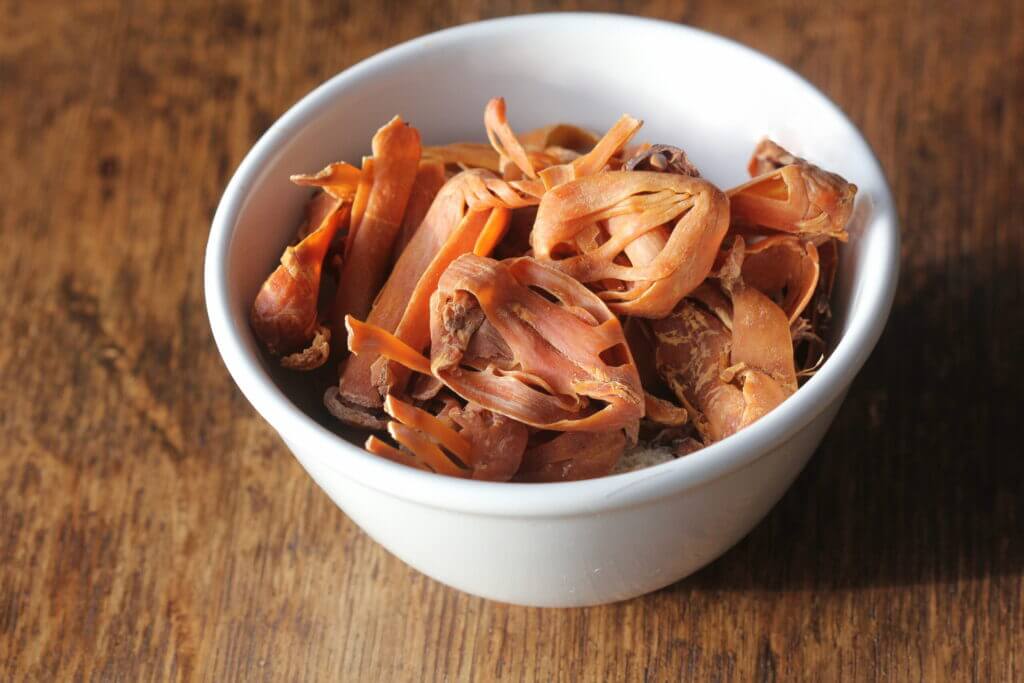
Mace may look humble, but it adds warmth and complexity to pies and more. A pinch goes a long way in elevating even the most basic recipes.
While it shares roots with nutmeg, mace offers a distinct, delicate flavor that’s all its own. This spice has a reserved, sophisticated charm you can’t resist.
Mace’s versatility makes it a chef’s favorite. A little bit goes a long way, proving you don’t need much to make something taste extraordinary.
Turmeric: The Golden Wonder
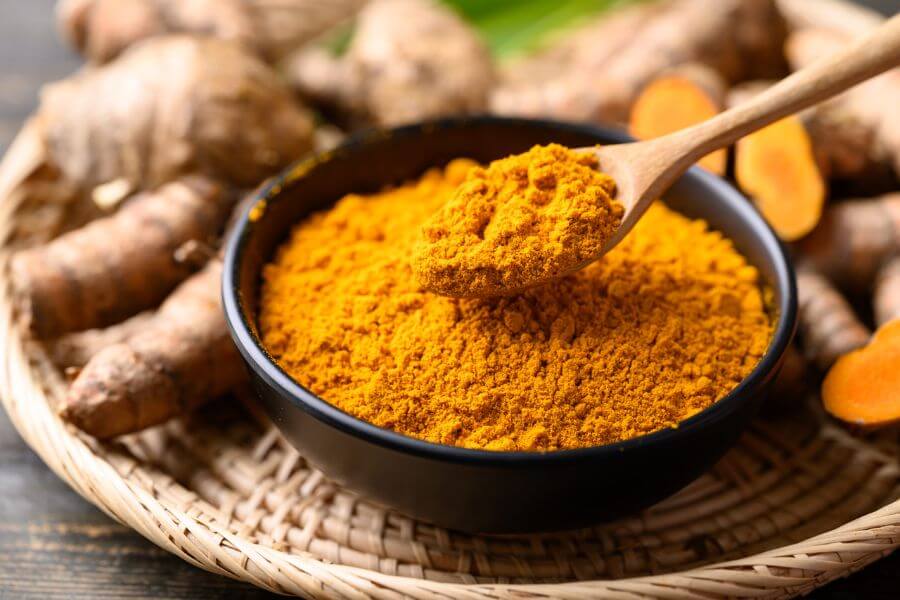
Turmeric’s bold yellow hue and earthy flavor are the stars of many curry recipes. Not only does it brighten dishes, but it brings serious health benefits to the table.
Often hailed for its anti-inflammatory properties, turmeric is like the superhero of the spice cabinet. It’s golden for more than just its color.
From smoothies to stews, turmeric has become a staple for health-conscious eaters. This spice is like a personal trainer for your immune system and taste buds.
Ginger: Spice and Health Wrapped in One
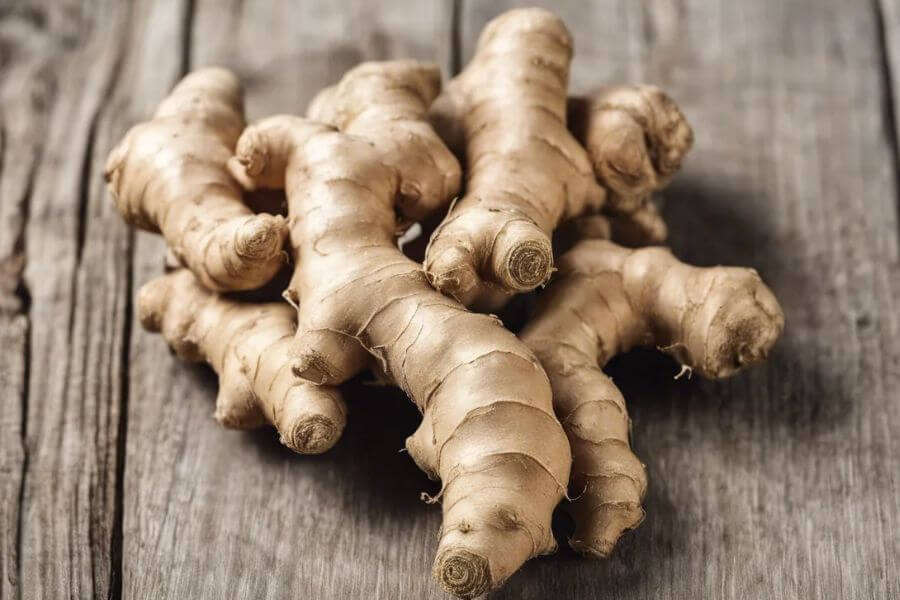
Ginger brings that zing, whether it’s fresh or dried. Its spicy warmth is perfect for both sweet and savory, making it a must-have for everything from cookies to curry.
More than a flavor boost, ginger’s health benefits are impressive. This root has been a medicinal staple for centuries, calming tummies and joints alike.
It’s a small but mighty addition to dishes, proving that sometimes, the best things in life come in ginger root form. Bring the spice and wellness home.
Star Anise: The Superstar of Soup
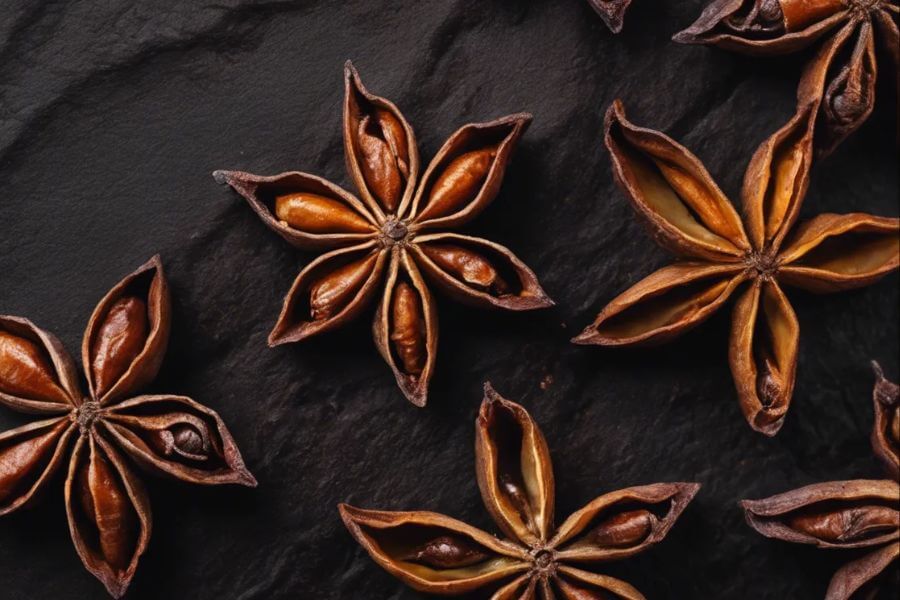
Star anise is as visually striking as it is flavorful. Its licorice note is a signature in many Asian dishes, adding depth to broths and teas.
But it’s not just a pretty face. Star anise offers health benefits too, from aiding digestion to soothing colds. It’s a little star with big benefits.
For fans of pho and beyond, star anise brings a flavor that crosses cultures. It’s the bridge between comfort food and exotic elegance in one unique shape.
Coriander: The Citrus-y Game Changer
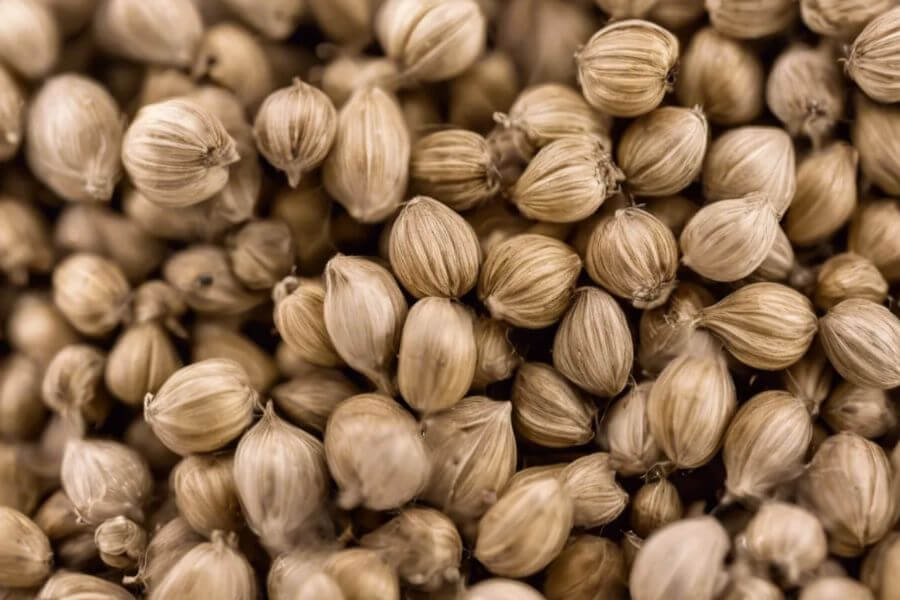
Coriander seeds add a citrusy brightness to curries, tacos, and everything in between. They’re small but bring big flavor to the table, packing a zesty punch.
Health benefits? Check! Coriander aids digestion and keeps blood sugar in check. It’s the spice that doesn’t just taste good but also does good.
If you’re in a cooking rut, coriander can add that fresh, exciting note. This spice is your passport to adventurous flavors and creative meals.
Sichuan Pepper: The Tingly Treat
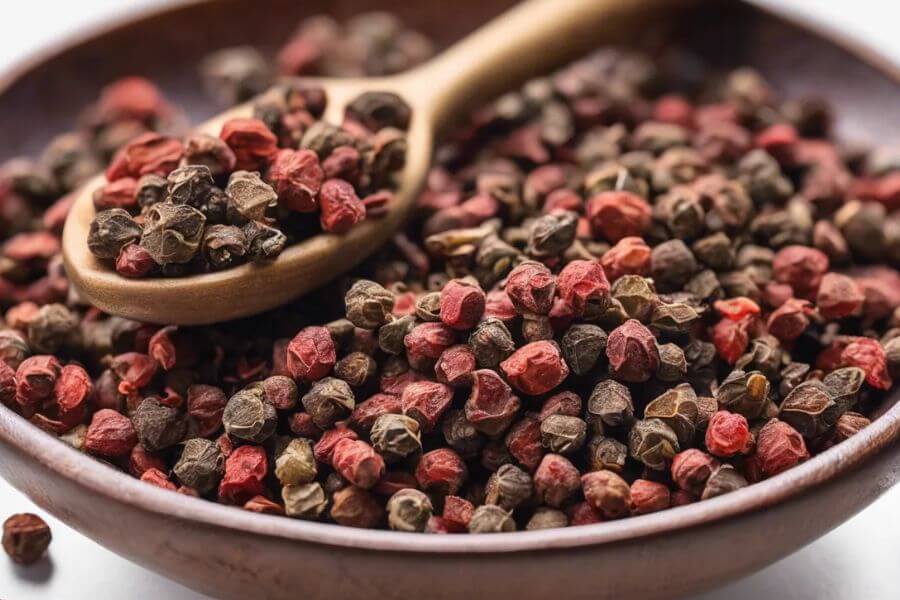
Sichuan pepper doesn’t just add flavor; it adds sensation. This spice delivers a unique, mouth-tingling experience, perfect for elevating traditional Chinese dishes.
It’s not all heat—Sichuan pepper has a hint of citrus that makes dishes exciting and unique. Think of it as adding an extra dimension to your food.
For spice lovers, Sichuan pepper is a must. It’s like a mini-firework show for your taste buds, making meals memorable and, quite literally, sensational.
Mustard Seeds: Small But Mighty
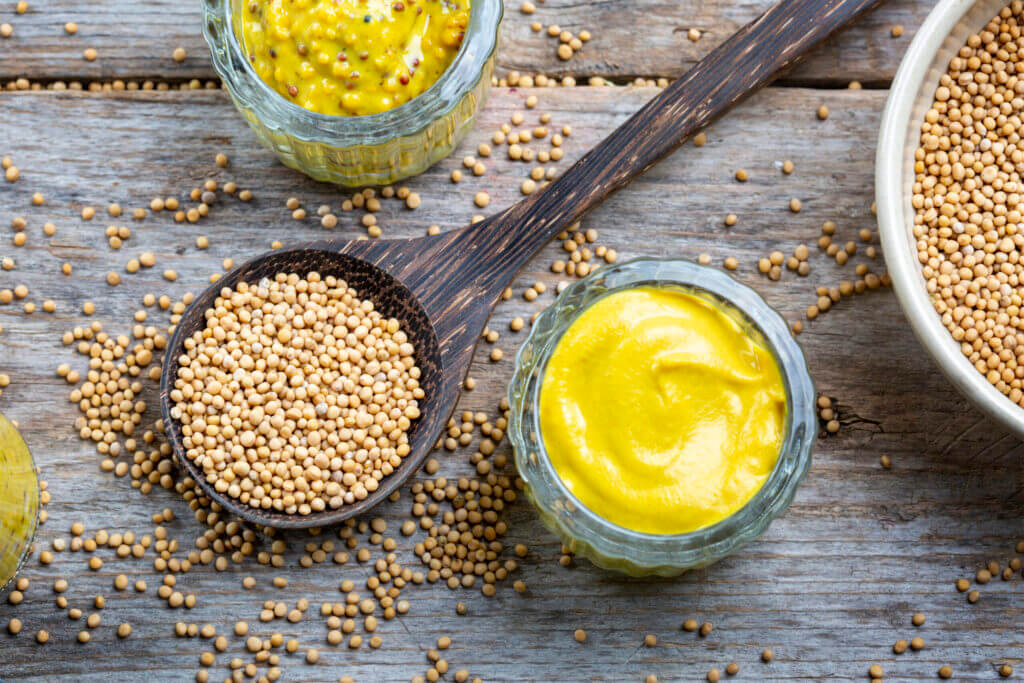
Mustard seeds add more than a kick to condiments—they’re a flavor powerhouse across global cuisines. From curry to pickles, mustard seeds spice things up.
Not only flavorful, but they’re also packed with nutrients. Mustard seeds bring an extra layer of health to every dish they touch, making them doubly delightful.
If you’re looking to add depth to a dish, a sprinkle of these seeds will do the trick. They’re small, but they sure do pack a punch.
Muhlab: The Mysterious Spice
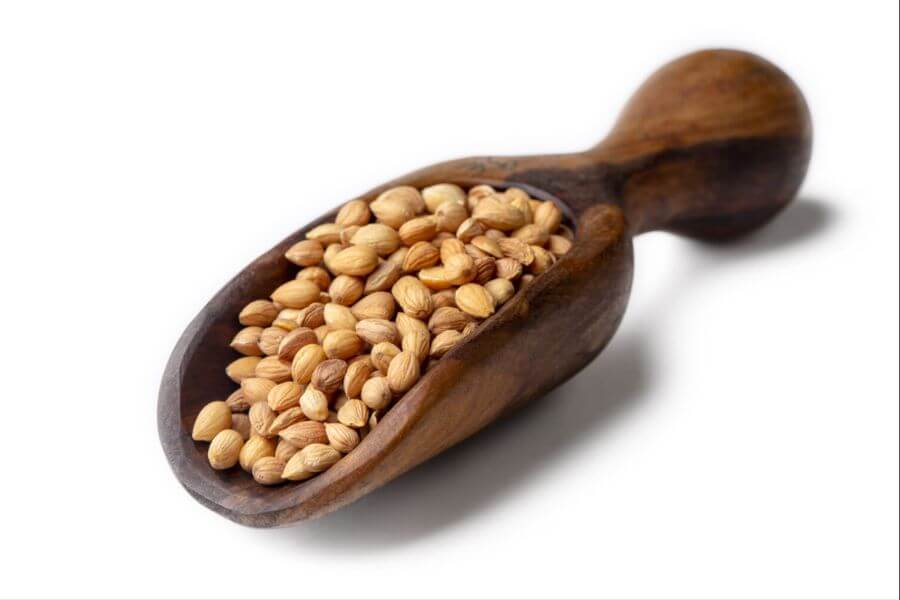
Muhlab, or mahlab, comes from the pits of St. Lucie cherries and brings a nutty, slightly bitter flavor to Mediterranean baked goods. It’s a lesser-known gem in the spice world.
This spice may not be in every pantry, but its unique taste makes it unforgettable. Muhlab adds a flavor that’s hard to place yet addictive—perfect for those who like a twist.
Using muhlab in baking is like unlocking a secret ingredient. It brings a subtle aroma and taste that elevates simple recipes to gourmet heights.
Sandalwood: Aroma Meets Flavor
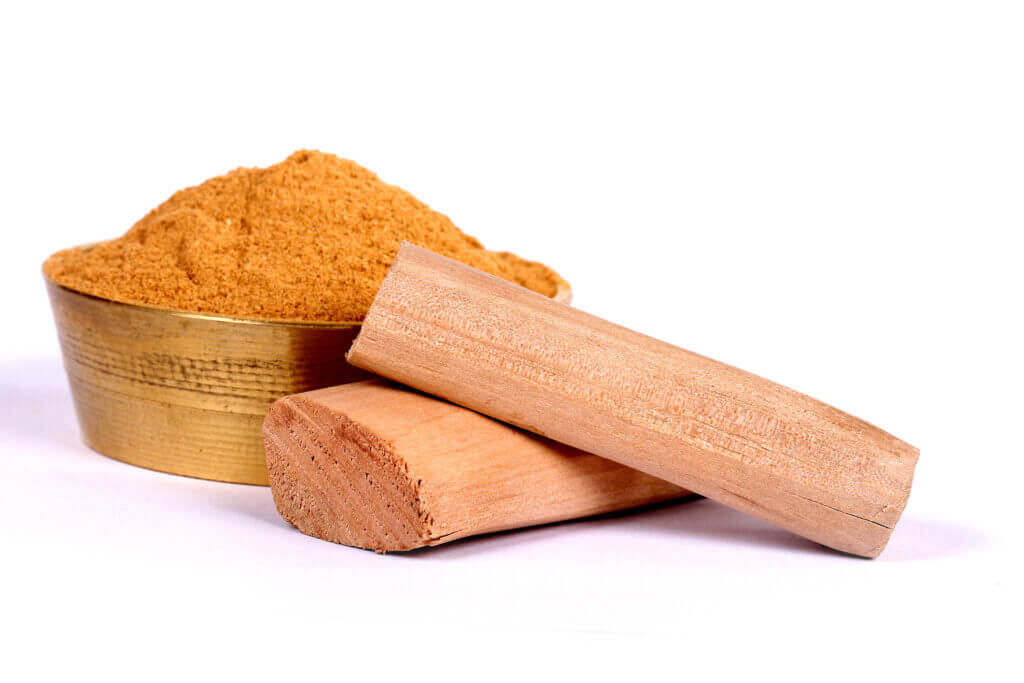
Sandalwood is more famous in perfumes, but it can work culinary magic, too. Just a dash adds an earthy note that can make rice puddings and curries extra special.
Used sparingly, sandalwood infuses dishes with a rich, woody undertone. It’s like adding a sophisticated, natural element to your meals that surprises and delights.
While you might be used to smelling it, tasting sandalwood is a whole new experience. This spice can turn a regular meal into something beautifully complex.
Sumac: Zesty Red Wonder
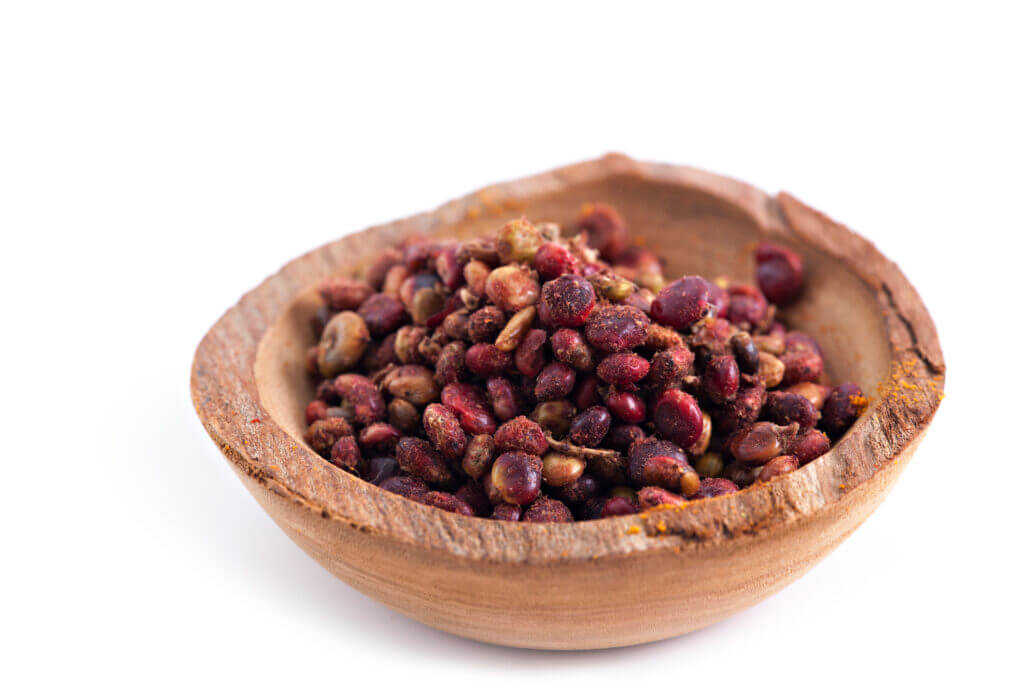
Sumac’s tart, lemony taste has earned it a special place in Middle Eastern cuisine. Its deep red hue and tangy kick make it a visual and flavorful standout.
Sumac is versatile—use it to brighten up salads, sprinkle over hummus, or jazz up grilled meats. It’s the hero your taste buds didn’t know they needed.
The spice also brings a unique color pop to your dishes. Sumac proves that a touch of color and zest can elevate even the simplest plate.
Tarragon: The Herb with French Flair
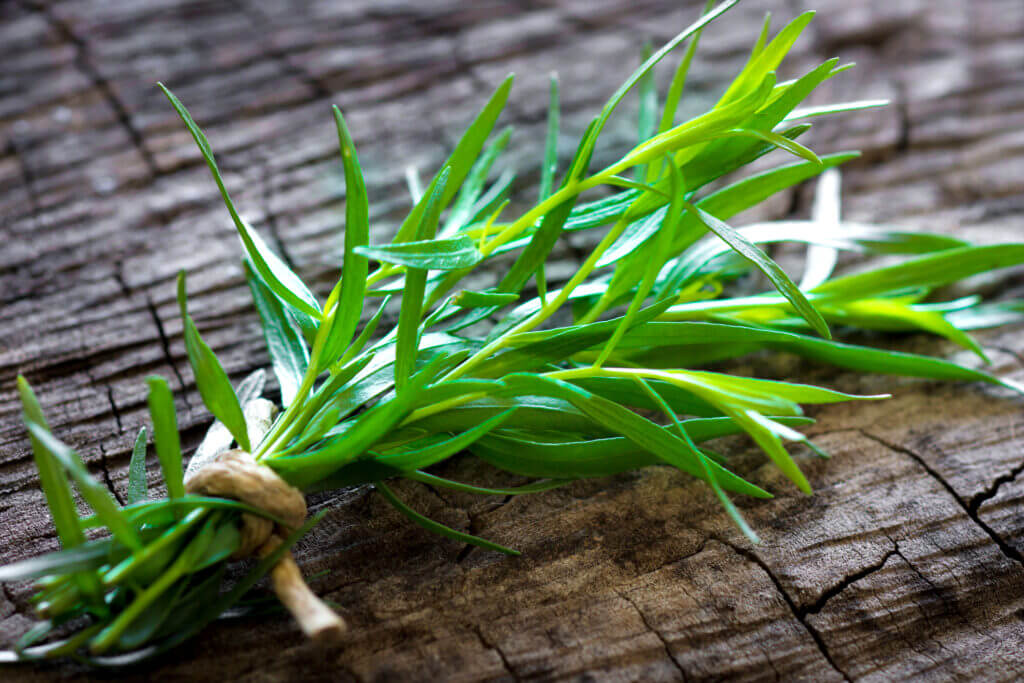
Tarragon is a French cuisine favorite, adding an elegant, slightly licorice flavor that’s perfect for sauces and vinaigrettes. It’s like the black-tie herb of the spice world.
Its subtle, sophisticated taste can make dishes feel instantly more refined. Add it to a simple chicken or steak, and voilà—you have a gourmet meal.
While tarragon shines in sauces, it also complements fresh salads, adding that extra touch of class. This herb is a must for any aspiring home chef.
Safflower: The Undercover Spice
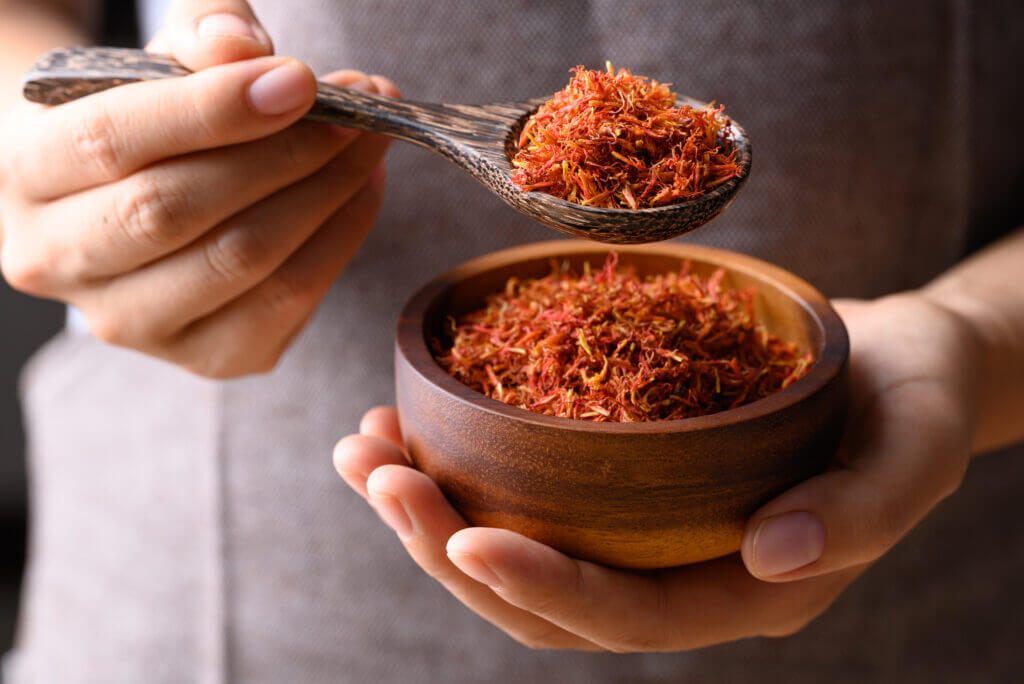
Safflower may look like saffron, but it’s a bit more budget-friendly. Its vibrant color adds life to dishes without overpowering flavors, making it a kitchen chameleon.
Besides adding color, safflower has a mild, slightly sweet flavor that pairs well with many cuisines. It’s like the supporting actor that lets other flavors shine.
This spice is often overlooked, but its versatility makes it valuable. From soups to salads, safflower quietly enhances dishes with color and taste.
Ceylon Cinnamon: The “True” Cinnamon
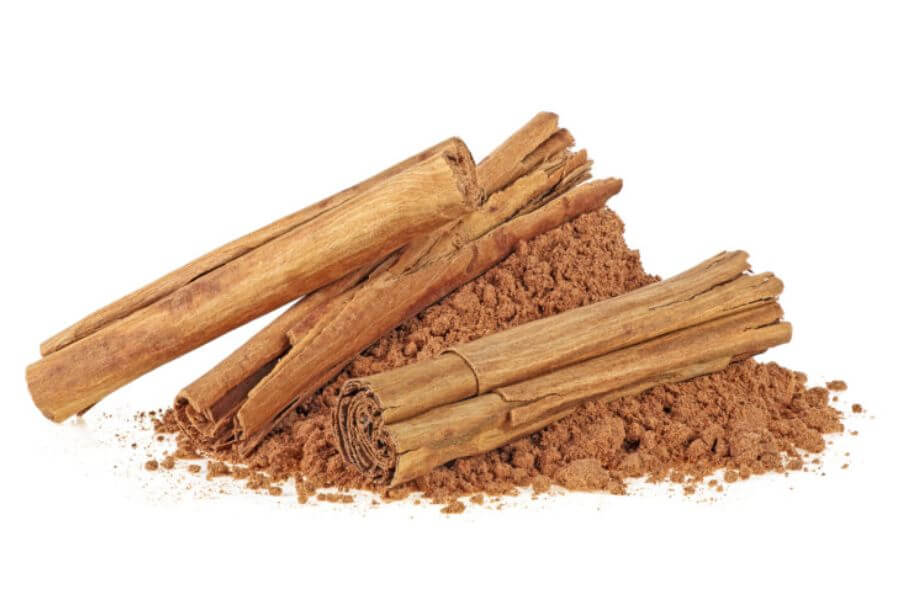
Ceylon cinnamon, known as “true cinnamon,” has a softer, sweeter flavor than the common cassia variety. It’s grown primarily in Sri Lanka and commands a premium price.
Its delicate aroma and subtle flavor make it ideal for desserts and light dishes. Think of it as cinnamon’s elegant, refined cousin who always knows what to wear.
With less coumarin than cassia, Ceylon cinnamon is often considered the healthier choice. It’s the go-to spice for those who want quality with their sweetness.
Caraway Seeds: Small but Flavorful
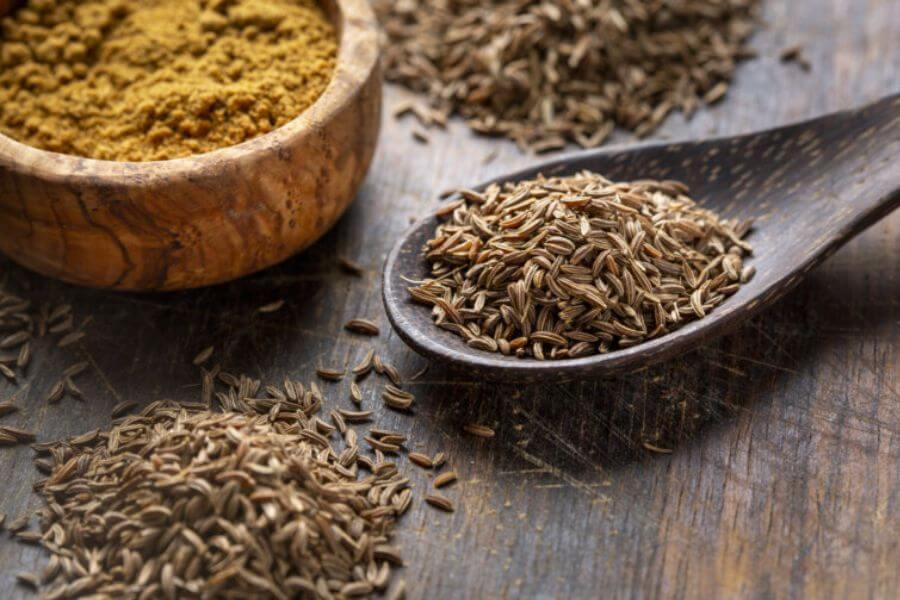
Caraway seeds add a distinct, slightly anise flavor to European dishes, from bread to sausages. Their unique taste brings a traditional, old-world vibe to recipes.
Used in rye bread and sauerkraut, caraway seeds lend a warm, earthy note that stands out. They may be tiny, but they pack a memorable punch.
Besides taste, caraway seeds offer digestive benefits. So, not only do they flavor your food, but they also make you feel great afterward—a win-win in any dish.
Asafoetida: The Pungent Powerhouse
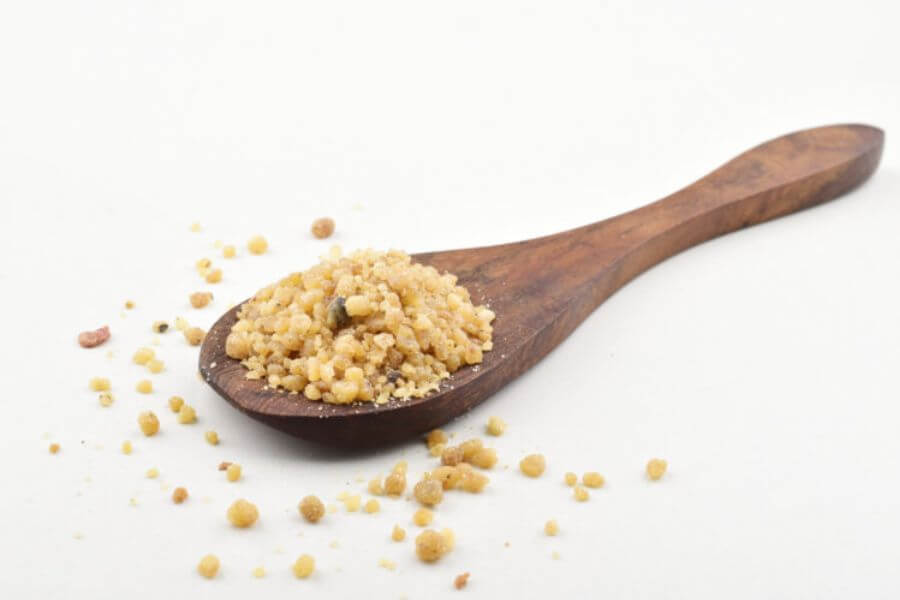
Asafoetida, or hing, is famous in Indian cooking for its umami flavor. It has a potent aroma that mellows during cooking, adding depth without overpowering other spices.
Often used as a garlic or onion substitute, asafoetida brings a unique savoriness to dishes. It’s a one-of-a-kind spice with a flavor that’s hard to forget.
Its health benefits are a bonus, too. Asafoetida is known to aid digestion, so it’s popular in dishes that are both tasty and tummy-friendly.
Juniper Berries: Gin’s Secret Weapon

Juniper berries are essential in gin production but are just as magical in cooking. Their piney, slightly peppery flavor makes them a great addition to meats and sauces.
These berries aren’t just for cocktails—they add a rustic, earthy depth to dishes, particularly in European cuisine. Juniper brings the forest right to your plate.
Beyond culinary uses, juniper berries offer medicinal perks, like aiding digestion. It’s a spice that brings nature’s flavors and health benefits into your kitchen.
Galangal: Ginger’s Bold Cousin

Galangal might look like ginger, but it has a sharper, more citrusy bite. Often used in Thai and Indonesian cuisine, this spice is essential in many curries and soups.
It’s got a flavor that’s bold and unmistakable. If you’re looking to bring authentic Southeast Asian flavors to your kitchen, galangal is your go-to.
Beyond taste, galangal has health perks, like anti-inflammatory properties. This spice may be tough to find, but it’s worth the hunt for adventurous cooks.
White Truffle: The Crown Jewel of Flavors
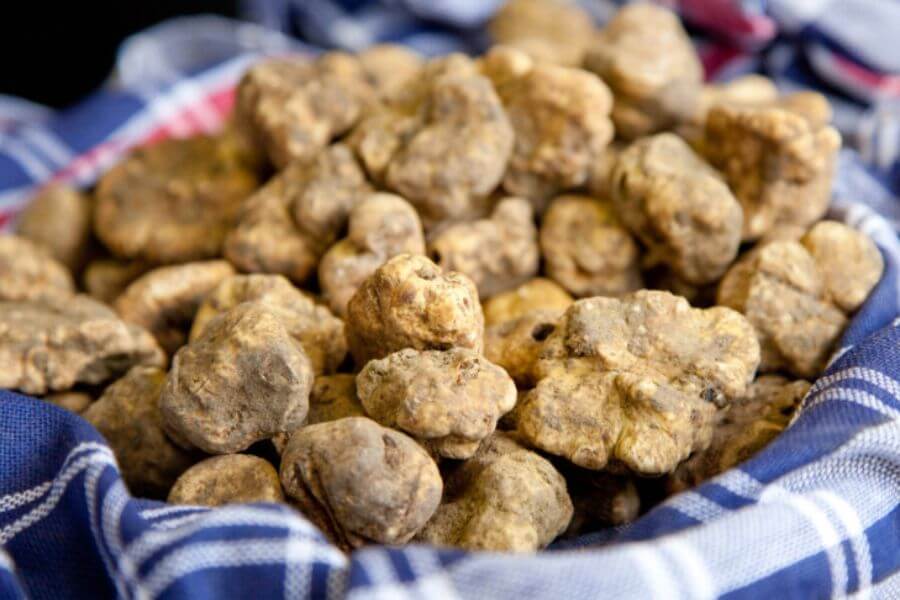
White truffles are in a class of their own, with prices that can rival diamonds. They bring an earthy, luxurious flavor that elevates any dish they touch.
Often shaved over pasta or eggs, white truffles add an intense aroma that transforms a meal. It’s like a tiny culinary miracle with every sliver.
The rarity of white truffles makes them a true treat. They’re the ultimate way to add sophistication and depth, even to simple dishes.
Grains of Paradise: The Exotic Pepper
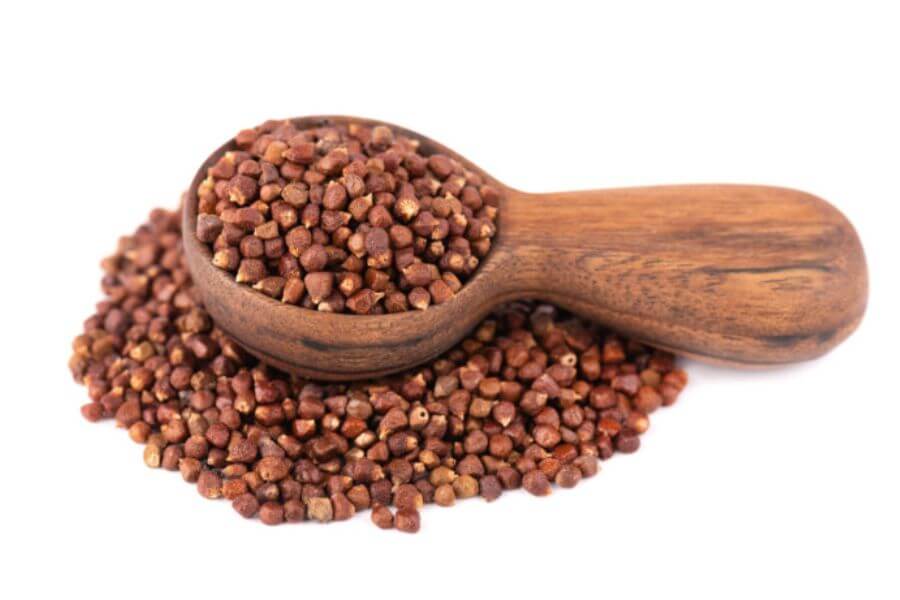
Grains of paradise are a lesser-known spice with a peppery, citrusy flavor. Hailing from West Africa, they add an exotic touch to meats, stews, and even drinks.
These grains are often compared to black pepper but have a unique taste that’s both spicy and complex. It’s a spice that feels both familiar and foreign.
For chefs looking to experiment, grains of paradise offer an easy way to spice up traditional dishes. They’re rare, but their flavor is unforgettable.
Black Cumin Seed: Bold and Beautiful
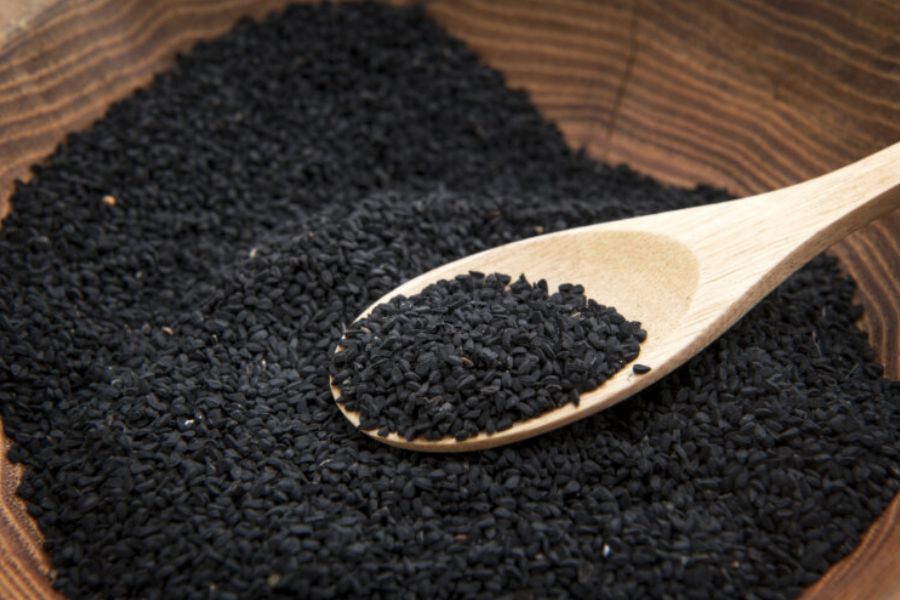
Black cumin seeds, also called Nigella sativa, have a slightly bitter, peppery flavor. They’re popular in Middle Eastern and Indian cuisine for their depth and complexity.
Their flavor brings a hint of warmth and spice, perfect for curries, bread, and pickles. Black cumin is the spice you didn’t know you needed in your pantry.
Aside from flavor, black cumin seeds are known for their health benefits. They’re like tiny seeds of wellness with every bite, making them worth the splurge.
Long Pepper: Ancient and Intense

Long pepper has a spicier, more complex taste than black pepper, with hints of sweetness. This rare spice adds depth to both sweet and savory dishes.
Its elongated shape sets it apart, but it’s the flavor that truly distinguishes long pepper. It’s the pepper for those who want a little something extra.
Though often overshadowed, long pepper’s bold taste and rarity make it a valuable addition to gourmet cooking. It’s an ancient spice with modern appeal.
Kaffir Lime Leaves: Citrus with Style
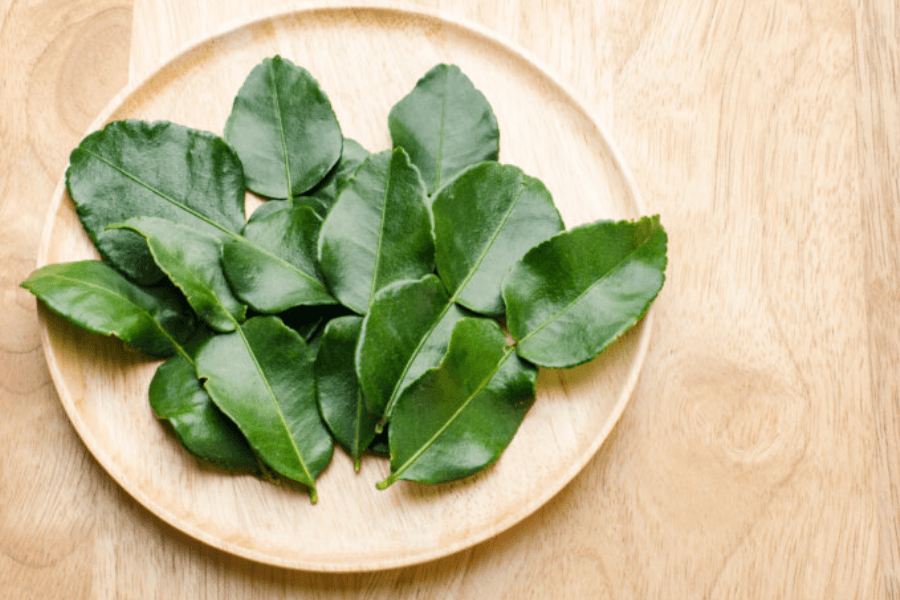
Kaffir lime leaves bring a bright, citrusy aroma to Southeast Asian dishes. From soups to curries, they add a fresh, unmistakable flavor that’s hard to replicate.
The leaves are used to infuse dishes, giving them a subtle lime taste without overpowering. They’re like a breeze of freshness in every bite.
Though a bit pricey, Kaffir lime leaves are worth it. Their unique flavor is essential in Thai and Indonesian cuisine, making them a pantry must for adventurous cooks.
Pasilla de Oaxaca Chiles: Smoke and Spice
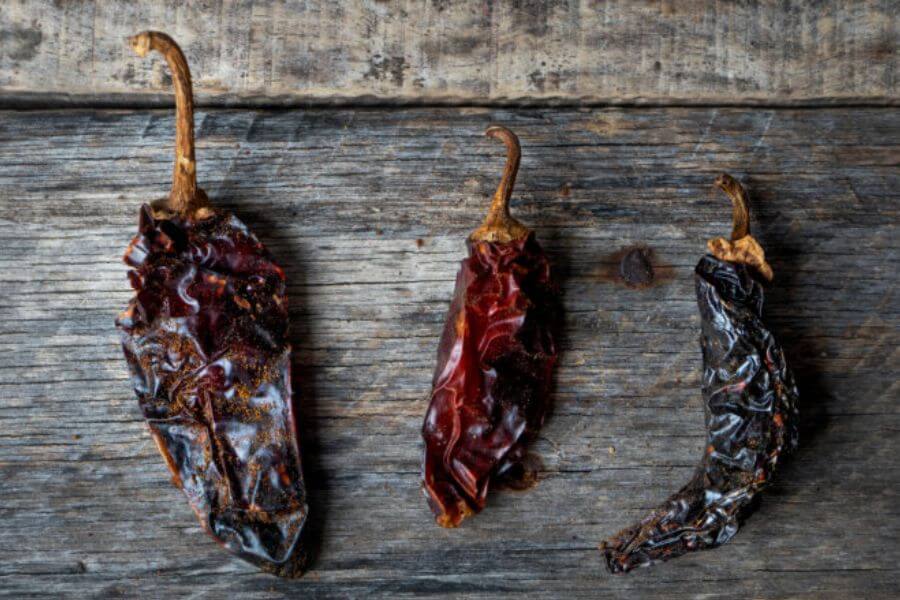
Pasilla de Oaxaca chiles are known for their smoky, earthy flavor. These Mexican chiles add depth and a gentle heat to sauces, salsas, and stews.
Their unique taste comes from the drying and smoking process. It’s a flavor that’s both intense and smooth, adding richness to any dish.
Only produced in Oaxaca, these chiles bring an authentic Mexican flavor. They’re the ultimate way to add complexity and depth to your cooking.
Pink Peppercorns: Pretty and Potent
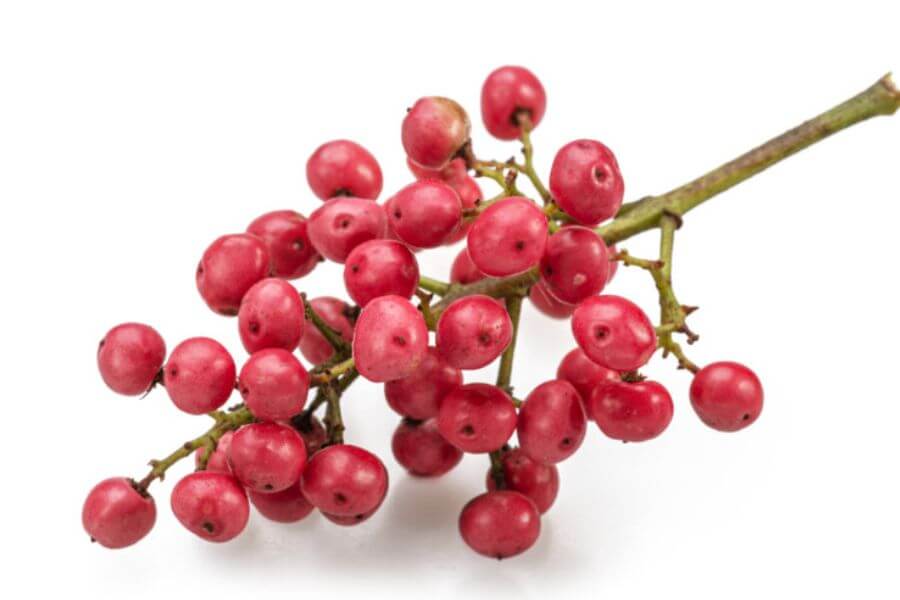
Pink peppercorns add a mild, fruity spice to gourmet dishes. Their bright color and delicate flavor make them a beautiful, versatile addition to both savory and sweet recipes.
Not true peppercorns, these berries come from the Peruvian pepper tree. Their taste is lighter, with a floral note that adds elegance.
Pink peppercorns are as much a visual delight as a flavor. They elevate dishes with their color and taste, proving spices can be both functional and beautiful.
Kampot Pepper: Cambodia’s Finest
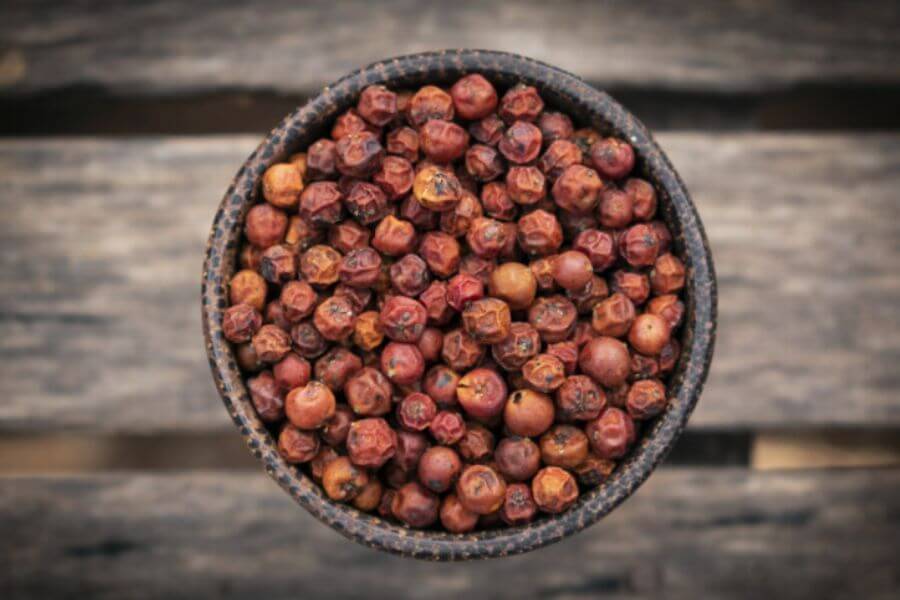
Kampot pepper is a prized variety from Cambodia with a complex, aromatic flavor. Known for its citrusy heat, it’s considered one of the world’s best peppers.
Each peppercorn is carefully cultivated, giving it a quality that’s hard to beat. It’s the pepper that chefs use when they want the best.
Its high cost reflects its superior taste and traditional processing methods. Kampot pepper adds a gourmet touch, transforming ordinary dishes into culinary art.


